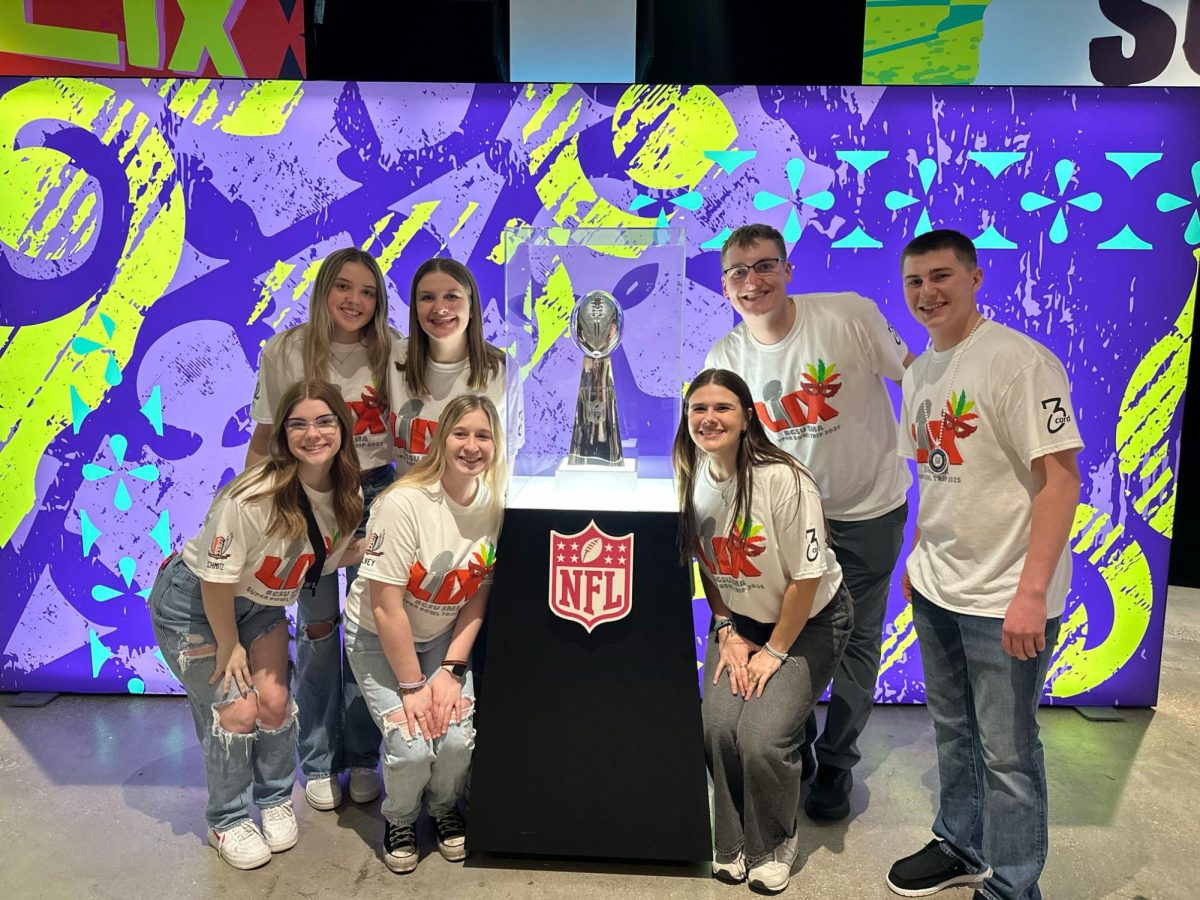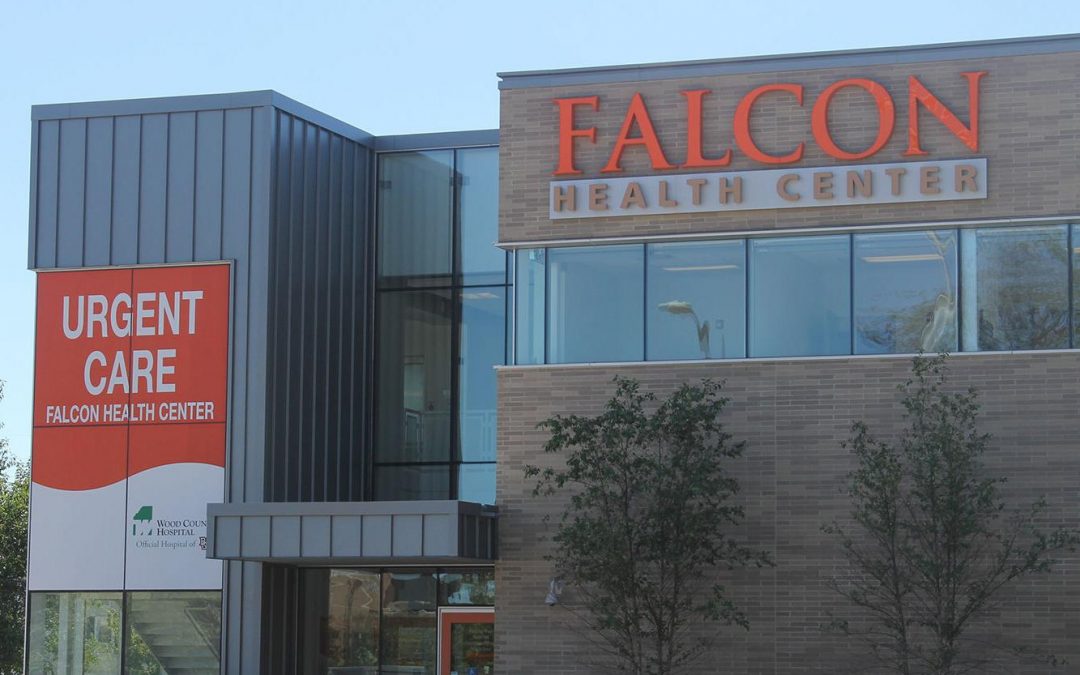Last week’s decision by Gov. Elliot Spitzer of New York to grant driver’s licenses to illegal immigrants has only turned up the heat on a debate that seems ready to boil over. What Spitzer tried to do with his plan was, simply put, to bring undocumented migrants into the system, allowing them transportation rights and ensuring they have proper identification. In his own words, Spitzer said it is “better to know who they are than pretend they don’t exist.”
All of this seems well and good, except nobody is pretending the problem of illegal immigration does not exist, and identifying those who have violated our immigration laws is a far cry from bringing them into the process.
Topics such as illegal immigration have a tendency to ignite passions and prejudices, and so it is an imperative to expose the facts of the situation. According to the Pew Hispanic Center, there are between 11.5 and 12 million people in the United States illegally right now, and if past precedents are to be any indication this number is only going to grow considerably. Of this almost unbelievable total, 57 percent have emigrated from Mexico, and an additional 19 percent came from other Latin American nations. The remaining 22 percent of undocumented migrants come from literally every other nation on the planet.
It is therefore impossible to assign the problem of illegal immigration to a single ethnicity or nationality. Both sides of the debate must accept this fact if sound national policy is to be enacted.
One thing the New York plan is not is sound policy. We have long prided ourselves on our history as a nation governed by the rule of law, and here the law has not only spoken, but it has spoken often and in great detail. Specific processes are in place to handle a wide variety of situations arising in the immigration process and any exceptions to the rules of the game are codified.
Those who comprise the 12 million undocumented migrants, though not from a mutual point of origin, do have one thing in common: They all had to violate U.S. law to get here, and no government official, under oath to uphold the laws of the nation or of their states, can or should overlook this fact.
But the law is only one reason why illegal immigration is a national problem. Nearly 5 percent of the U.S. workforce, or 7.2 million people, is composed of unauthorized immigrants holding down regular jobs in agriculture, industry and services. While undocumented workers no doubt perform crucial labor, their participation is a double-edged sword. Illegal immigrants, willing to work for less, drive down the cost of labor, benefiting their employers and, by extension, consumers.
But at the same time, the wage devaluation they engender greatly hurts the poorest Americans who are often directly competing with undocumented workers for jobs. This unacceptable reality can be too easily dismissed by those sitting contentedly in middle- or upper-class comfort, but for Americans living from paycheck to paycheck, barely able to make ends meet, this reality could mean the difference between life and death.
But the New York plan ignores this, preferring instead to act as a step down the path to amnesty and legalization. No doubt many will point out that driver’s licenses issued under this plan will still not allow undocumented immigrants to board aircraft, enter federal facilities or legally drive outside the state, but even these basic restrictions were within days challenged by immigrant advocacy groups. The head of one, the New York Immigration Coalition, labeled the new licenses “inferior” and argued they discriminate against illegal immigrants, distinguishing them from the citizenry and other legal residents.
But the fact is that illegal immigrants have, by their own actions, distinguished themselves from those who chose to immigrate legally, and no license should be granted that ignores this fact, nor should anybody argue or hold the false pretense that the New York plan is anything but a step towards general amnesty.
Illegal immigration is a situation of national scope, with grave consequences for the poorest Americans, and is thus a great dilemma for national policy.
It is logistically impossible to track down and deport all 12 million undocumented residents, and it is economically and legally unfeasible to grant citizenship to such a large group as well.
The public must therefore choose the lesser of the two evils, and here it may very well be a crackdown on the undocumented population, with due consideration and protections given to those with family members who are legal residents. The opposite path, the path to legalization, would only strain entitlements like Social Security and Medicare, further impoverish the poorest Americans, and engender a disrespect, both at home and abroad, for the laws of the United States.
Editor’s note: The New York Times reported late Tuesday that Spitzer had dropped his plan to allow illegal immigrants to earn driver’s licenses.







